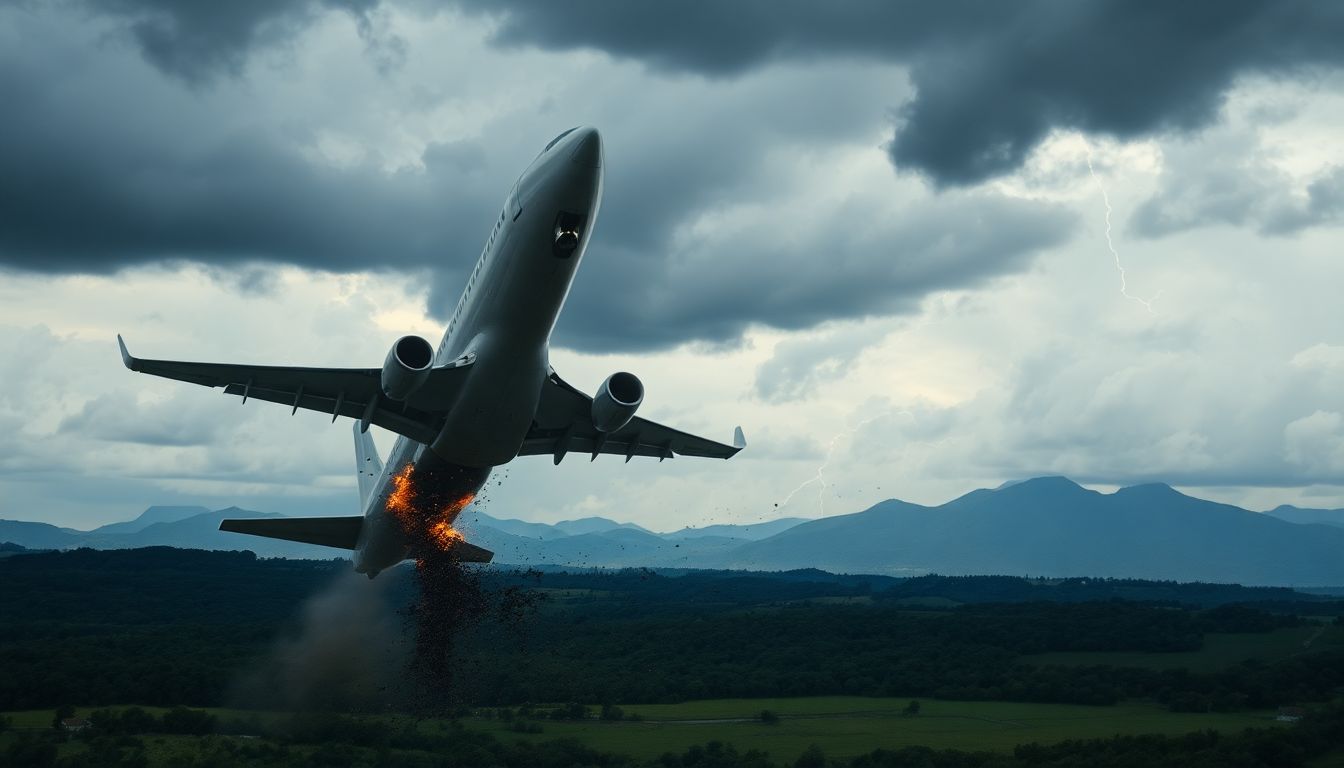
Another Indian Plane Crash: 242 Passengers on Board
Introduction
India’s skies are once again in turmoil after a tragic plane crash involving 242 passengers. This incident has reignited fears over safety in Indian aviation. With growing travel, airlines face mounting pressure to keep passengers safe. When such a large number of lives are affected, it hits close to home for families and communities. Airlines, regulators, and experts are now under the spotlight to find what went wrong and how to prevent it in the future. This article digs into the details of this crash, looks at safety challenges, and discusses ways to make flying safer for everyone.
Background on Indian Aviation Safety Record
History of Plane Crashes in India
India has seen its share of aviation accidents over the years. Some crashes, like the Kumbla crash in 2001 or the recent helicopter accidents, shook the nation. Most of these incidents involved technical failures or human errors. Despite improvements, safety concerns still exist, especially as aircraft traffic increases rapidly. The industry has been working to improve, but past accidents remind us that vigilance is necessary.
Regulatory Framework and Oversight
The Directorate General of Civil Aviation (DGCA) keeps watch over India’s flight safety. They set rules, conduct inspections, and oversee airline operations. Recently, DGCA has stepped up safety audits and introduced stricter rules. But, questions remain about enforcement and how quickly issues are addressed in practice. Transparency and accountability are key to building trust.
Industry Challenges
India’s aviation industry faces hurdles like aging infrastructure, maintenance delays, and staffing shortages. Many airports still lack modern facilities, which can impact safety. Pilot training programs, while improving, sometimes fall short of international standards. These issues contribute to safety risks that need ongoing attention.
Details of the Recent Plane Crash
Flight Information and Aircraft Details
The plane involved was operated by a major Indian airline, flying from Delhi to Mumbai. It was a Boeing 737, a common aircraft for domestic routes. The incident happened shortly after takeoff, with authorities reporting technical issues before the crash. The exact timeline remains under investigation.
Passenger and Crew Impact
Out of the 242 passengers, many lost their lives instantly, while others suffered injuries. Rescue teams arrived quickly to free trapped victims and assist the injured. Details about passengers are scarce, but each life lost leaves a ripple effect on families and loved ones.
Investigation Initiatives
Multiple agencies, including the DGCA and aircraft manufacturer representatives, have launched an inquiry. Early statements point to possible mechanical failure, but the final report will clarify the cause. Experts are scrutinizing maintenance records and crew reports to piece together what happened.
Factors Contributing to the Crash
Technical and Mechanical Failures
Aircraft systems can fail unexpectedly. Last-minute reports suggest possible engine or control system problems. Maintenance lapses sometimes cause issues, especially if checks aren’t thorough. For this crash, investigators are focusing on recent repairs and inspections.
Human Error and Crew Performance
Pilots’ decisions and their ability to handle emergencies are crucial. Fatigue, stress, or miscommunication could impact their response. Experts warn that overloading pilots with tasks under pressure can lead to mistakes, especially during critical moments.
Environmental and External Factors
Weather can be a major factor. Fog, heavy rain, or strong winds sometimes impair visibility and control. At the time of this crash, weather reports indicated challenging conditions. These external factors can complicate safe navigation and decision-making.
Impact and Repercussions
For Families and Victims
Families face unthinkable grief and uncertainty. Support systems and compensation offers are crucial to help them rebuild. Psychological support will also be essential as they process this trauma.
For the Aviation Industry
This tragedy does not just affect those onboard but also shakes public trust. Airlines will likely review and tighten safety measures. Rebuilding credibility will require transparency and consistent safety improvements.
Regulatory and Policy Response
Expect new safety reforms from regulators, possibly including stricter aircraft checks and pilot training programs. International agencies like ICAO set standards that India might adopt to bolster safety. Such measures aim to prevent future tragedies.
Lessons Learned and Actionable Tips
Improving Aircraft Maintenance and Inspection
Regular, thorough inspections of aircraft can spot issues before they become dangerous. Incorporating advanced diagnostic tools will help airlines detect problems early and avoid mechanical failures.
Enhancing Pilot Training and Crew Preparedness
Dedicated emergency drills equip crews to handle tough situations calmly. Emphasizing decision-making skills and teamwork can make a difference when seconds count.
Strengthening Regulatory Enforcement
Stricter oversight and frequent audits are vital. Airlines must follow safety protocols and face consequences if they fall short. Greater transparency reassures passengers that safety comes first.
Public Awareness and Passenger Safety
Passengers should always pay attention to safety briefings. Knowing basic emergency procedures adds a layer of protection. Encouraging open communication about safety can also boost confidence in flying.
Conclusion
The recent Indian plane crash with 242 lives lost underscores the urgent need for better safety measures. Whether it’s technical checks, crew readiness, or regulatory oversight, every step counts. While accidents can happen, continuous improvements in safety standards are key to protecting lives. We all play a role—regulators, airlines, and passengers—in making Indian skies safer. Only with collective effort can we hope to prevent such tragedies from happening again. Every life matters, and safety must always come first.


